Introduction
Crispy fried pork tenderloin is a culinary delight that combines the tenderness of pork tenderloin with the crunchy exterior achieved through perfect frying. This dish is a favorite among meat lovers due to its juicy interior and golden-brown, crispy exterior. Whether you’re hosting a dinner party, preparing a family meal, or simply indulging in a solo cooking session, learning how to make fried pork tenderloin can elevate your culinary skills and satisfy your taste buds. In this comprehensive guide, we’ll walk you through each step of the process, from selecting the right ingredients to achieving the perfect frying temperature, ensuring you end up with a mouthwatering dish that’s sure to impress.

Section 1: Ingredients and Preparation
Before diving into the cooking process, it’s crucial to gather all the necessary ingredients and prepare them properly. Here’s a detailed list of what you’ll need and how to prepare them:
Ingredients:
- 1 pork tenderloin (about 1 to 1.5 pounds)
- Salt, to taste
- Black pepper, freshly ground, to taste
- Garlic powder, to taste
- Paprika, to taste (optional, for added flavor and color)
- Cayenne pepper, to taste (optional, for a spicy kick)
- Olive oil or vegetable oil, for frying
- All-purpose flour, for dredging
- 2 large eggs, beaten
- Panko breadcrumbs or fine breadcrumbs, for coating
- Milk or buttermilk (optional, for a richer coating)
Preparation:
-
Trimming the Pork Tenderloin:
Begin by trimming any excess fat or silver skin from the pork tenderloin. This step is crucial as it ensures even cooking and a cleaner flavor profile. Use a sharp knife to carefully remove any unwanted parts. -
Seasoning:
Place the trimmed pork tenderloin on a cutting board. Season it generously with salt, black pepper, garlic powder, paprika, and cayenne pepper (if using). Rub the seasonings into the meat to ensure an even distribution. Allow the pork to sit for at least 15-30 minutes to let the seasonings penetrate the meat, enhancing its flavor. -
Slicing:
Cut the seasoned pork tenderloin into thin strips or medallions, approximately 1/2 inch thick. This size ensures that the pork cooks evenly and quickly, maintaining its juiciness.
Section 2: Setting Up the Breading Station
A well-organized breading station is key to achieving a successful coating that will result in a crispy exterior. Here’s how to set it up:

-
Dredging Station:
Place a shallow dish or pie plate with all-purpose flour. Season the flour lightly with additional salt and pepper if desired. This will be your first layer of coating, helping the egg wash adhere to the meat. -
Egg Wash Station:
In another shallow dish, beat 2 large eggs until they are well combined. You can add a splash of milk or buttermilk to the eggs for a richer, thicker coating. This will act as the glue that holds the breadcrumbs to the flour-coated meat. -
Breadcrumb Station:
Place the Panko breadcrumbs or fine breadcrumbs in a third shallow dish. Panko breadcrumbs are preferred for their ability to create a lighter, crispier coating, but fine breadcrumbs will also work well. You can season the breadcrumbs with additional salt, pepper, garlic powder, or paprika if desired.
Section 3: Breading the Pork Tenderloin
Now it’s time to bread the pork tenderloin strips. This process involves three simple steps: dredging, dipping, and coating.
-
Dredging:
Dredge each pork strip lightly in the seasoned flour, shaking off any excess. This ensures that the egg wash will stick to the meat without becoming too thick or gluggy. -
Dipping:
Dip the floured pork strip into the egg wash, ensuring it is fully coated. Use your fingers or a fork to gently lift and turn the strip, ensuring even coverage. -
Coating:
Finally, coat the egg-washed pork strip in the breadcrumbs, pressing lightly to adhere the crumbs to the meat. Shake off any excess breadcrumbs to avoid a heavy coating. Repeat this process with all the pork strips.
Section 4: Preparing for Frying
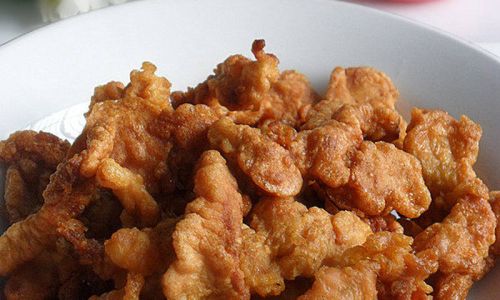
Proper preparation of the frying oil and workspace is essential for safe and effective frying.
-
Heating the Oil:
Pour enough olive oil or vegetable oil into a deep, heavy-bottomed pot or fryer to fully submerge the pork strips. Heat the oil over medium-high heat to a temperature of 350-375°F (175-190°C). Use a deep-fry thermometer to monitor the temperature accurately. -
Setting Up a Safe Workspace:
Place a wire rack over a baking sheet lined with paper towels near the stove. This will be used to drain the excess oil from the fried pork strips, preventing them from becoming soggy.
Section 5: Frying the Pork Tenderloin
Now, it’s time to fry the pork tenderloin strips. This step requires careful monitoring to ensure even cooking and a crispy exterior.
-
Frying:
Carefully place a few breaded pork strips into the hot oil, avoiding overcrowding. Fry them for about 3-4 minutes per side, or until they are golden brown and cooked through. Use tongs to gently turn the strips halfway through cooking to ensure even frying. -
Draining:
Once the pork strips are golden and crispy, use tongs to remove them from the oil and place them on the prepared wire rack to drain. Allow any excess oil to drip off, ensuring a crunchy texture. -
Checking for Doneness:
To check for doneness, use a meat thermometer to insert into the thickest part of the pork strip. The internal temperature should reach 145°F (63°C) for medium-rare, or cook longer to your preferred doneness. However, remember that the pork will continue to cook slightly from residual heat after being removed from the oil.
Section 6: Serving and Enjoying
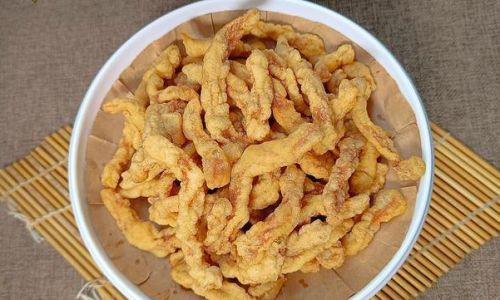
Your crispy fried pork tenderloin is now ready to be served and enjoyed. Here are a few serving suggestions to elevate your dish:
-
Garnishes:
Sprinkle the fried pork strips with additional salt, freshly ground black pepper, or a squeeze of lemon juice for a burst of freshness. You can also garnish with chopped fresh parsley, chopped green onions, or a sprinkle of grated Parmesan cheese. -
Side Dishes:
Serve your fried pork tenderloin with a variety of sides to create a balanced and satisfying meal. Options include mashed potatoes, roasted vegetables, fries, or a fresh garden salad. -
Sauces:
Elevate your dish with dipping sauces such as honey mustard, barbecue sauce, or a tangy homemade remoulade. These sauces can add layers of flavor and complement the crispy pork perfectly.
Conclusion
Making crispy fried pork tenderloin at home may seem like a daunting task, but with the right ingredients, proper preparation, and careful frying, you can achieve a restaurant-quality dish that’s sure to delight your taste buds. By following this comprehensive guide, you’ll learn how to select and prepare the pork tenderloin, set up a breading station, bread the meat effectively, and fry it to perfection. With a few creative serving suggestions, you can turn this delicious dish into a memorable meal that will be cherished by all who taste it. So, gather your ingredients, roll up your sleeves, and start frying—your crispy fried pork tenderloin awaits!
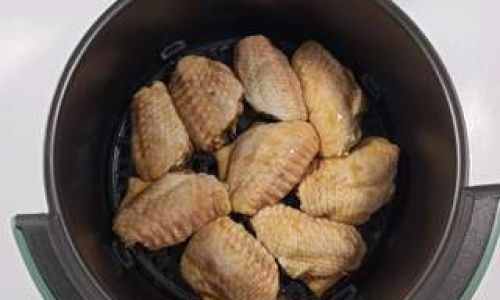

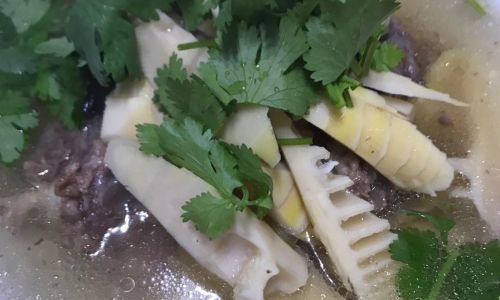
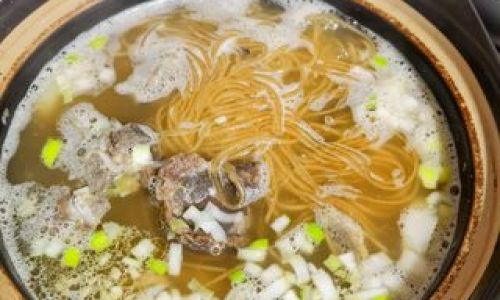
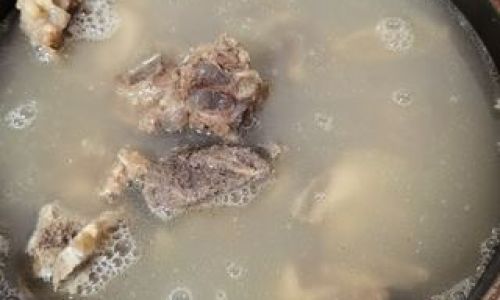
0 comments